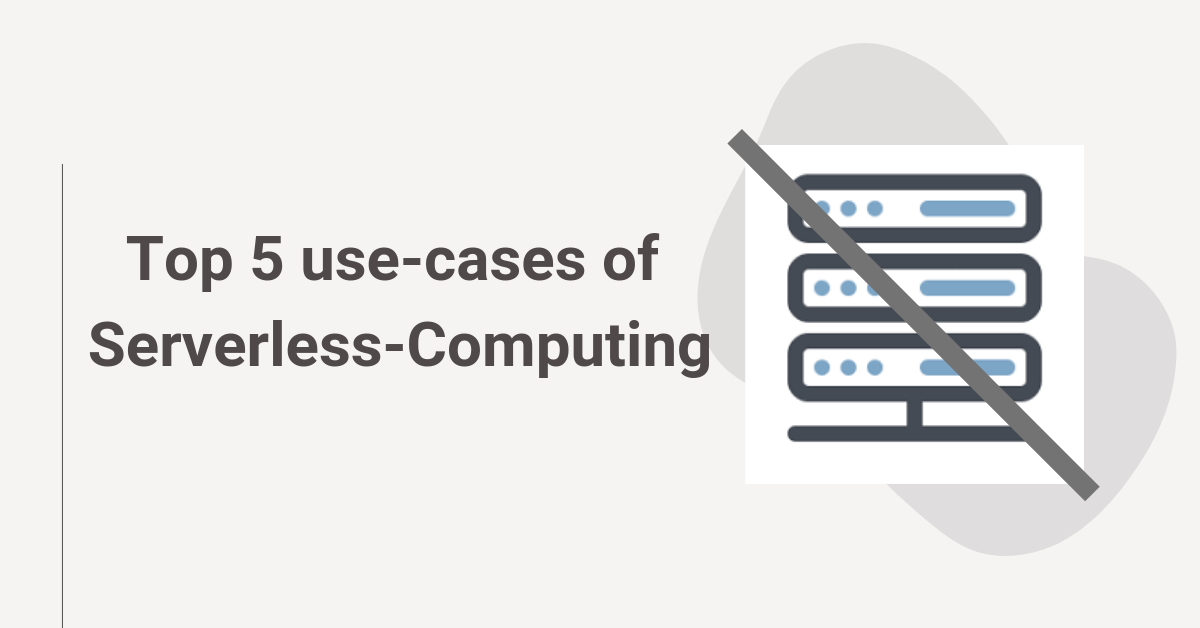Four main reasons why bother with Serverless?
- 1) Serverless is more cost-efficient.
- 2) Scaling is like a walk in the park compared to the nightmares of scaling in a traditional setup.
- 3) Security is more robust due to multiple reasons, mainly because different users stay isolated in different function-replicas in the virtual-machine and since many businesses are moving to same service providers, the service providers are putting in more and more efforts to improve the security of the overall platforms.
- 4) Reliable: Application is fault-tolerant and highly available. How? Well, the service providers are colossal and they make sure to have numerous redundancies which in turn make the applications virtually fail-safe.
Before we list out the use-cases, click here to see what is serverless computing and understand how it may be useful to you. Now, let’s get started:
- IoT receiving and storing data:
It is fantastic to use serverless if thousands of sensors send data to servers periodically then to process and store it in an efficient manner. It would be more prudent to save money rather than having an old-school server setup running 24 x 7. However, if a business has
- Chat-Bots:
You’ve probably heard this one before, There is a chatbot on your website which response to basic queries of a user. What if suddenly, a crowd of people was to come and start using that chatbot? Well, if you’ve thought about this preemptively and have got it covered up at a steep cost, then there is no need to worry. Otherwise, either the server will crumble under the load or you’ve already gone serverless.
- Recommendation engines:
- Scheduled or event-triggered systems:
Earlier there was no other option but to run automated systems online, round-the-clock for generating auto-reply to client emails and generate financial statements periodically. But it would be unwise now, to not reap the benefits of a process dedicated for these purposes which can be now serverless and save them money as well as resources, with the added bonus of collective security. The cost efficiency is also significant enough to allow businesses to invest those savings and grow faster.
- Image processing applications:
Startups and enterprises alike have found that serverless goes well with image processing. Especially the kind which deals with the object or facial recognition. How does serverless specifically help with this?
Imagine a security camera which only starts capturing video after some kind of motion is detected, which then calls the image-processing application sitting idly for hours on end until the moment motion-detection triggered the camera into action.
Now imagine hundreds of cameras, each with its own idle app replica to call. That is piling up cost, waiting for something to happen. But if you’re familiar with serverless/ FaaS, then you know how much could possibly be saved by boycotting that sort of traditional setup. Apart from this, there are many more examples of image processing applications which use serverless.
Conclusion:
The grievance of paying for idle compute time was the reason that gave birth to serverless. That frustration has been alleviated, and multitudes of corporations either, already have or soon will move to serverless for the same reasons. Although this technology has its advantages, it is not free of disadvantages. It would be highly advised to get oneself aware of all the ins and outs of this exciting technology before making the shift.
